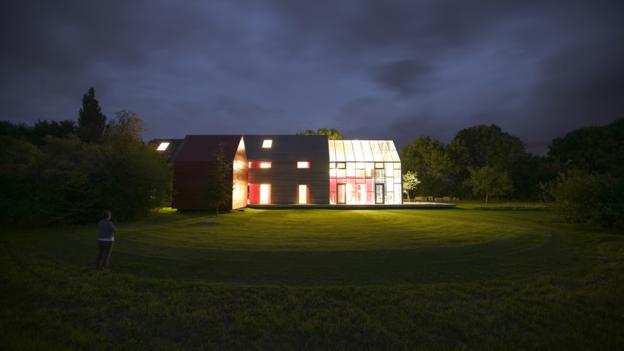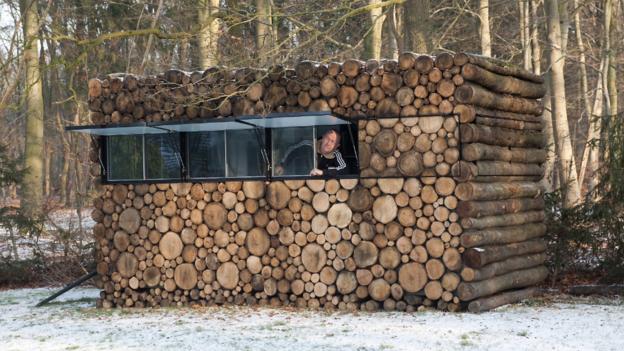Freddie Mac today released the results of its Primary Mortgage Market Survey® (PMMS®), showing average fixed mortgage rates moving down across the board. The average 30-year fixed mortgage rate continues its run below 4 percent — a good sign for the spring homebuying season.
News Facts
- 30-year fixed-rate mortgage (FRM) averaged 3.78 percent with an average 0.6 point for the week ending March 19, 2015, down from last week when it averaged 3.86 percent. A year ago at this time, the 30-year FRM averaged 4.32 percent.
- 15-year FRM this week averaged 3.06 percent with an average 0.6 point, down from last week when it averaged 3.10 percent. A year ago at this time, the 15-year FRM averaged 3.32 percent.
- 5-year Treasury-indexed hybrid adjustable-rate mortgage (ARM) averaged 2.97 percent this week with an average 0.5 point, down from last week when it averaged 3.01 percent. A year ago, the 5-year ARM averaged 3.02 percent.
- 1-year Treasury-indexed ARM averaged 2.46 percent this week with an average 0.4 point, unchanged from last week. At this time last year, the 1-year ARM averaged 2.49 percent.
Average commitment rates should be reported along with average fees and points to reflect the total upfront cost of obtaining the mortgage. Visit the following links for theRegional and National Mortgage Rate Details and Definitions. Borrowers may still pay closing costs which are not included in the survey.
Quotes
Attributed to Len Kiefer, deputy chief economist, Freddie Mac.
“The average 30-year fixed mortgage rate fell to 3.78 percent this week following mixed housing data. Housing starts dropped 17 percent to a seasonally adjusted pace of 897,000 units, below market expectations. However, housing permits increased 3 percent in February. As we head into spring, home builders remain positive about home sales in the near future although the NAHB Housing Market Index dropped another 2 points to 53 in March.”









